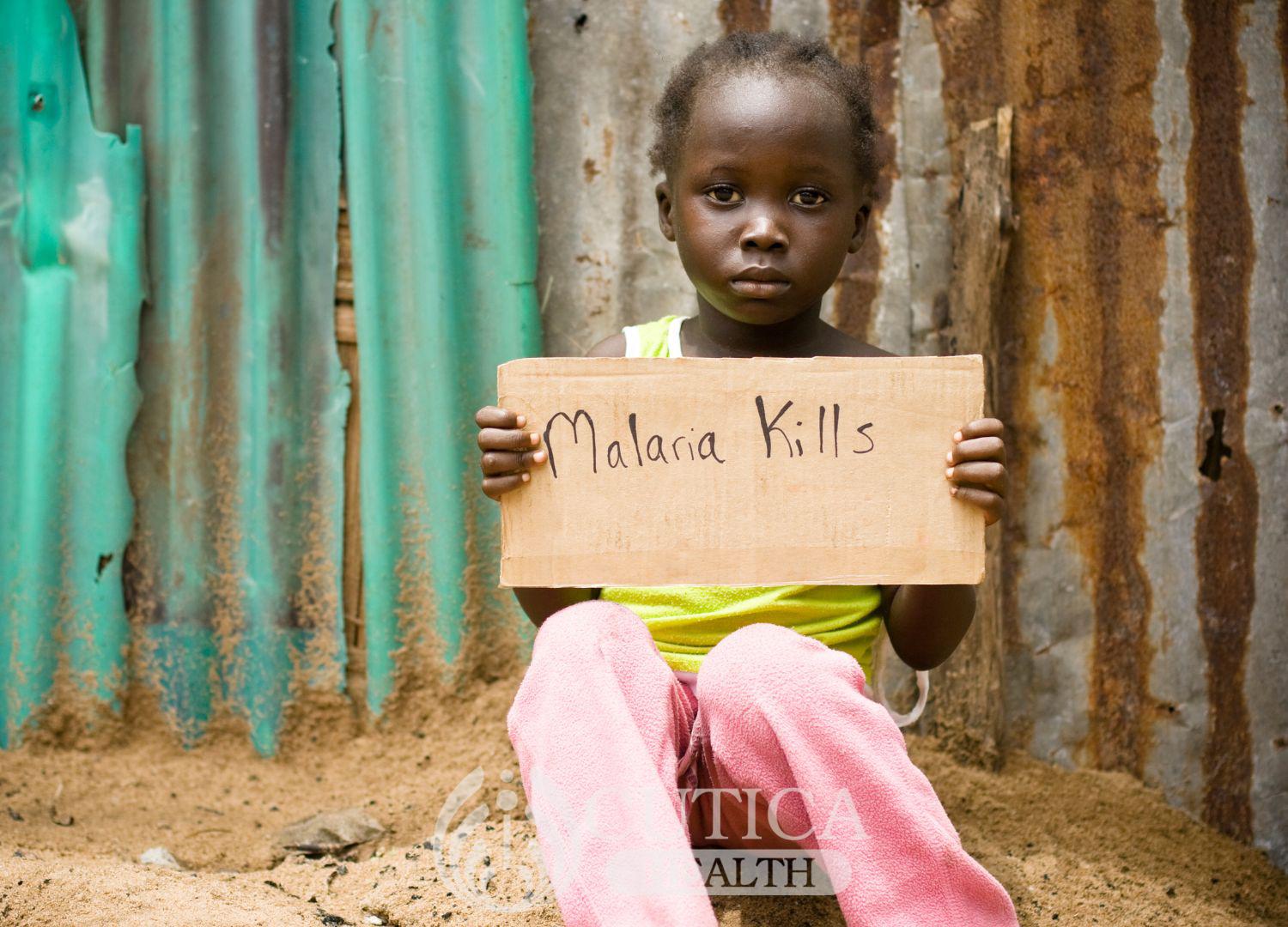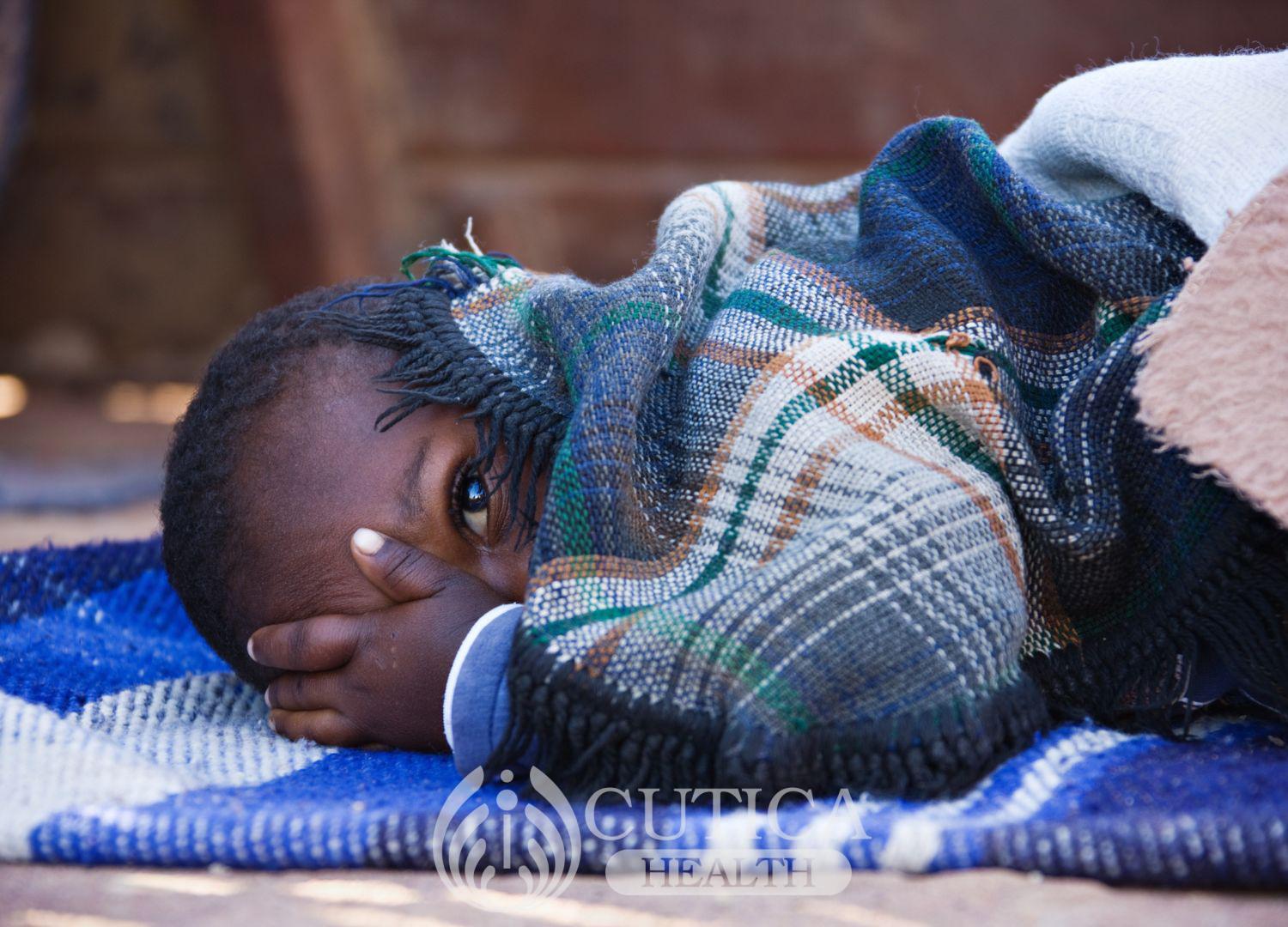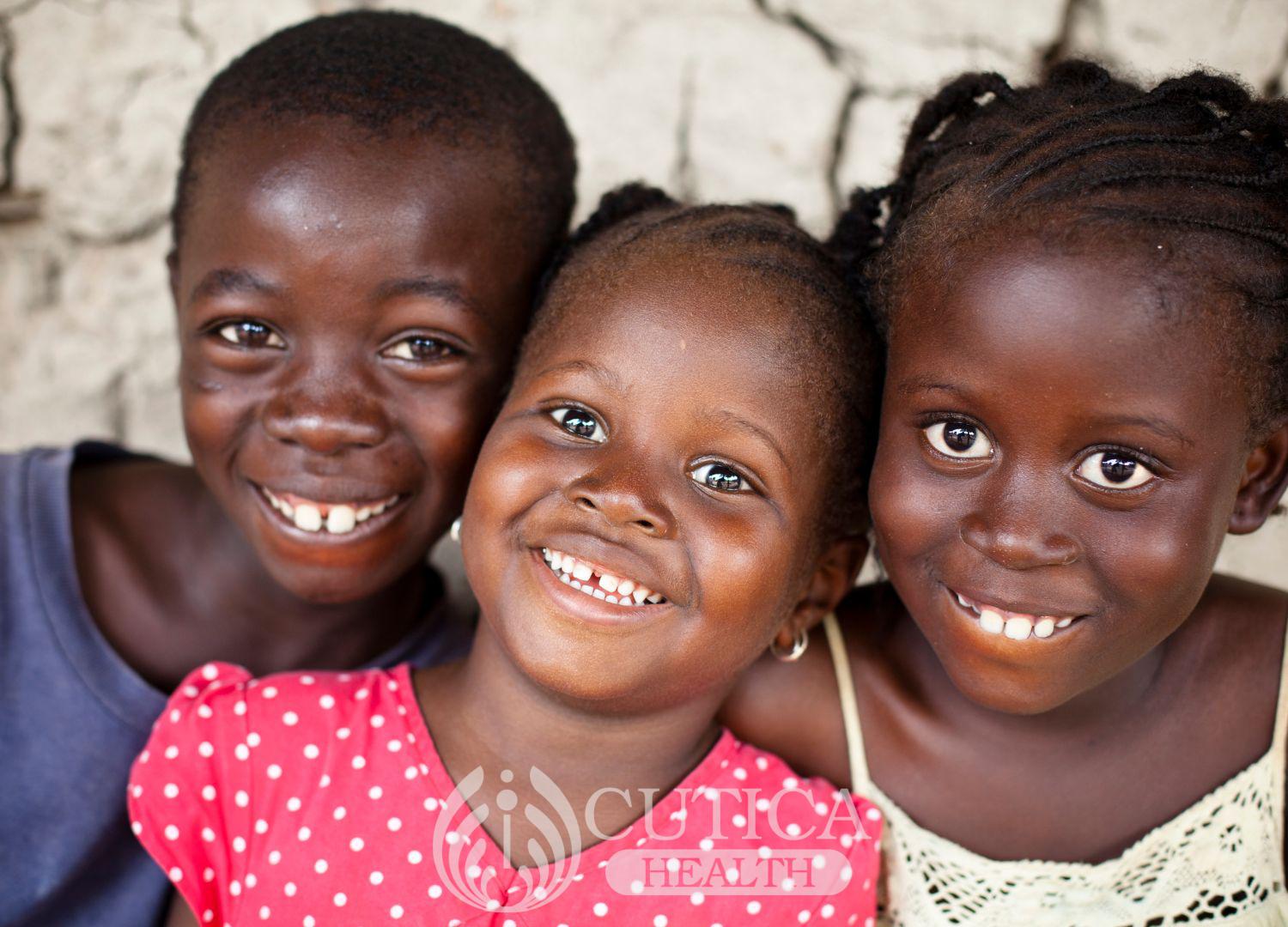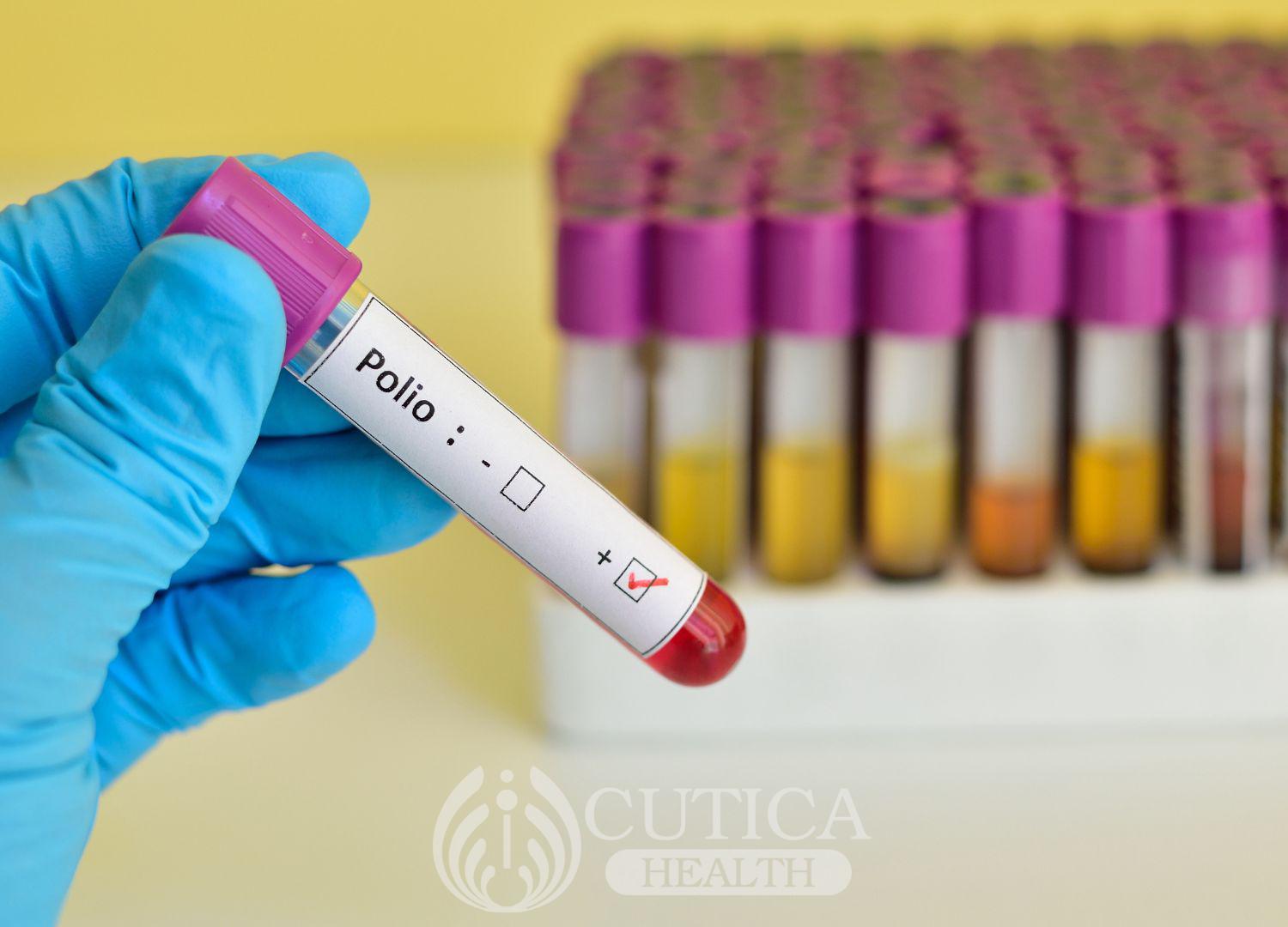
As a child, Titi loved to play outside. She would run around the field and play with the other children in her village. But one day, Titi started feeling tired and weak. She had a high fever and was shivering with chills. Her mother knew what was wrong. Jane had malaria.
Malaria is a parasitic infection caused by the bite of an infected mosquito. It is a persistent problem in Nigeria and some other countries, particularly in Africa.
Features of Malaria in Children
The most common symptoms of malaria include fever, chills, headache, muscle pain, fatigue, and vomiting. The disease can cause seizures, coma, and even death in extreme cases.
Children are particularly vulnerable to malaria because their immune systems are still developing, making them more susceptible to the infection. In addition, children living in places with a lot of malaria are often exposed to the disease repeatedly, which can lead to complications, such as anemia (low blood level) or poor mental development. 
Diagnosis and Treatment Challenges
Diagnosing malaria in children can be challenging, especially in areas where laboratory facilities are limited. Rapid diagnostic tests (RDTs) are often used to detect the disease, but these tests are not perfect.
The emergence of drug-resistant malaria also complicates the treatment of malaria in children. The most effective treatment for malaria is artemisinin-based combination therapy (ACT). The correct dosing of these drugs is critical, as under-dosing can lead to treatment failure and the development of drug resistance.
Public Health Efforts to Control and Prevent Malaria
The World Health Organization (WHO) has set a target to reduce malaria by at least 90% by 2030.
Correct use of insecticide-treated bed nets (ITNs) can reduce malaria occurrence by up to 50%. ITNs are distributed free or subsidized to vulnerable populations, such as pregnant women and children under five. 
Another strategy for controlling malaria is indoor residual spraying (IRS), which involves spraying insecticide on the walls and ceilings of houses to kill mosquitoes. IRS effectively reduces malaria transmission in areas where mosquitoes have not become resistant to the insecticides.
In addition, the WHO recommends intermittent preventive treatment (IPT) in pregnant women and children under five in high malaria transmission areas. IPT involves administering antimalarial drugs regularly, regardless of whether the individual has malaria.
Conclusion
Malaria in children remains a persistent public health problem in many parts of the world. The disease can have severe consequences for children. We look forward to a time when children around the world will be totally free from malaria.












